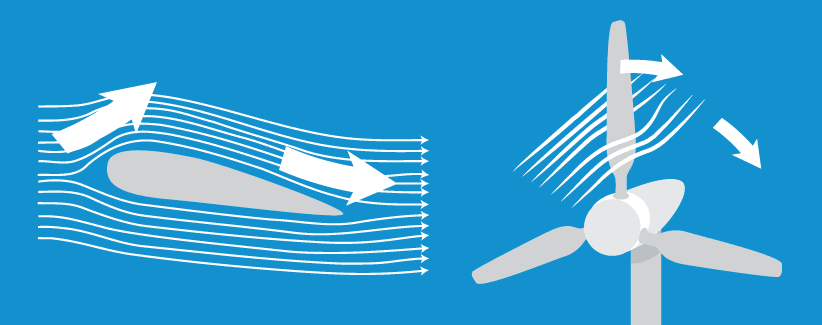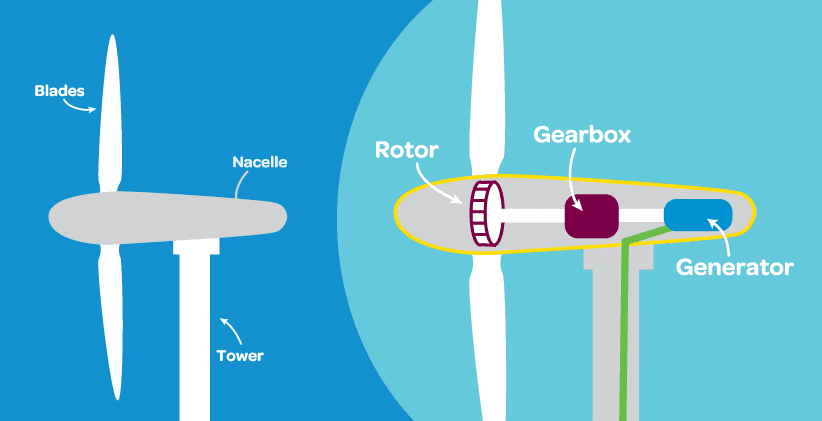Wind Energy 101: How Wind Farms Generate Electricity
February 13, 2020
'Wind Farm 101'
Think of this as a ‘Wind Farm 101’ to get you up to speed on the windy giants that are popping up all over the Australian landscape – and the world. Australia has an abundance of wind, and wind farms are a viable renewable energy source for the future.
In 2018, Australia’s wind farms produced 33.5% of the country’s clean energy and supplied 7.1% of Australia’s overall electricity (Clean Energy Council).

Wind Energy, Wind Turbines and How They Work
Wind power is energy that’s generated by harnessing the power of the wind through wind turbines. It’s a great alternative to burning fossil fuels (like coal), because wind is clean, doesn’t produce greenhouse gas emissions and there’s lots of it. At present, it’s the cheapest large-scale renewable energy source (Clean Energy Council).
Wind turbines are around 120 metres tall with blades that span around 45 metres. Their height lets the turbines capture stronger winds, but they can start generating electricity in light breezes (around 14 km/hour), reaching full output in winds of around 57 km/hour (Meridian Energy Australia).

Rotors & generators
Wind flows over the blades like air flowing over an aeroplane wing. This flow of air causes a different in air pressure between the top and bottom of the blade, moving the blade and making the central rotor spin.
The rotor drives a generator that produces energy to export to the grid. At full capacity, one wind turbine can generate 48 megawatt hours (MWh) of energy per day. Turbines can orient themselves to keep facing into the wind by rotating the nacelle.
Sign up in minutes
Compare electricity and gas deals and see all of the other details you need to know. To sign up online, visit our plans page.